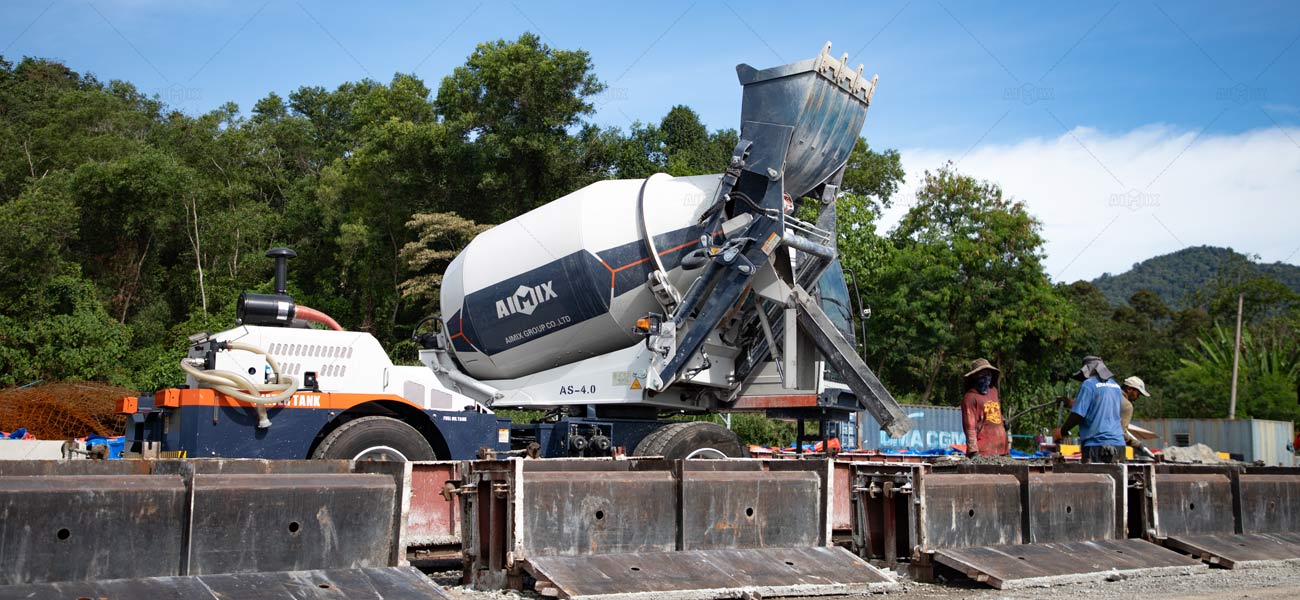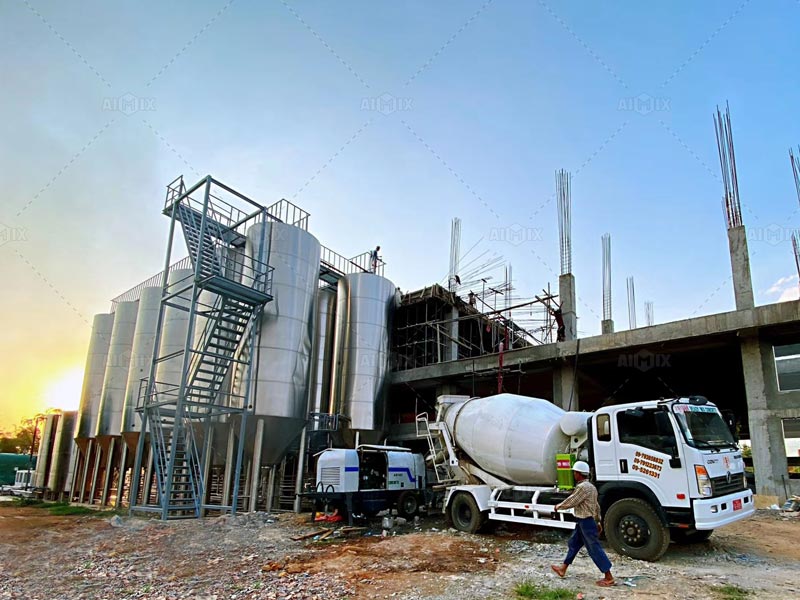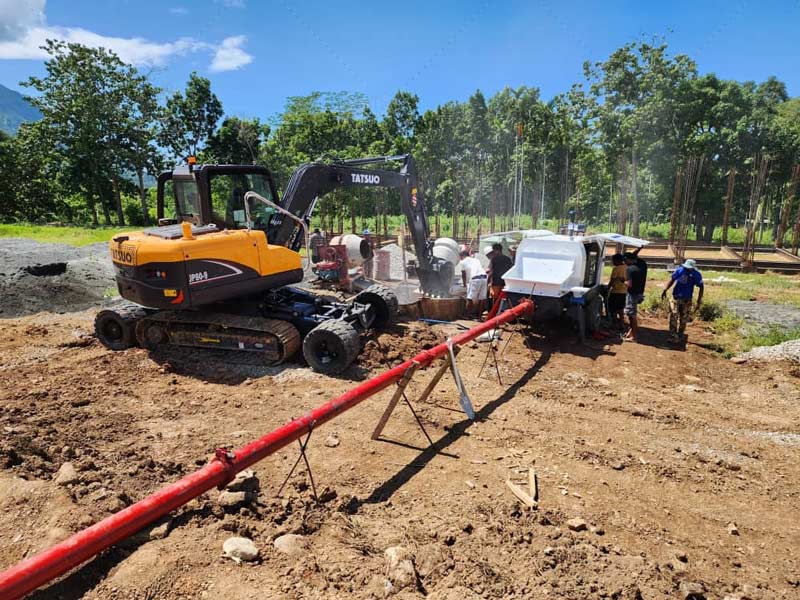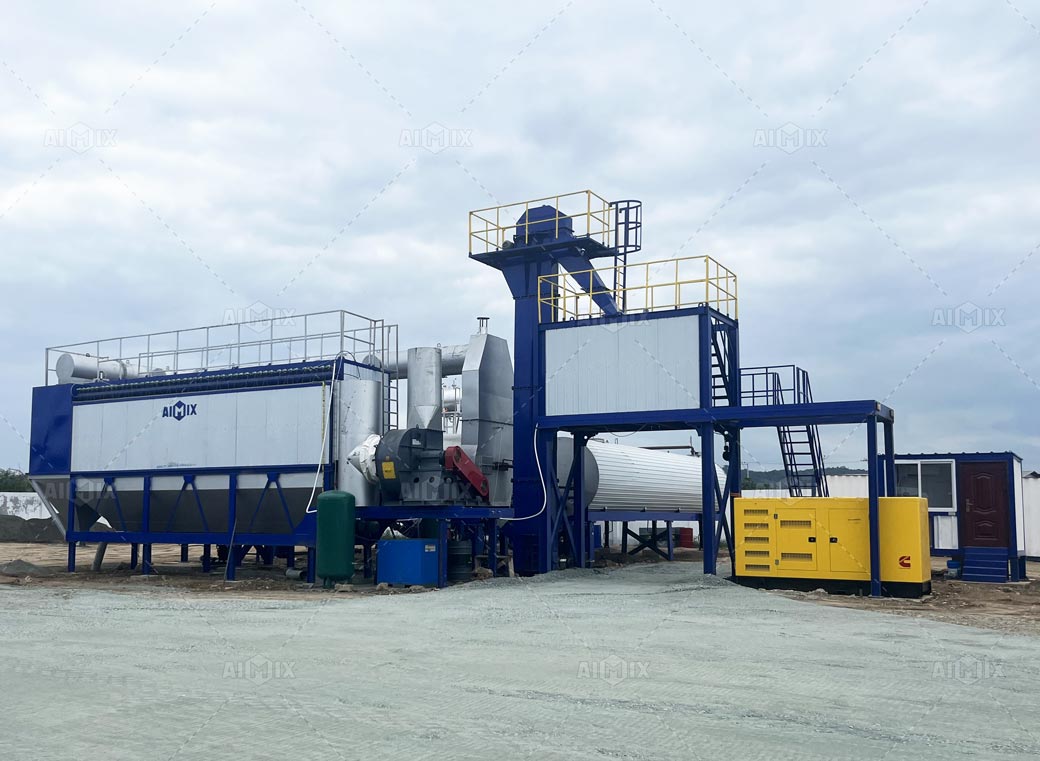Optimizing Uniformity: How Self-Loading Mixers Improve Concrete Quality
Achieving uniform concrete quality is a constant challenge in the construction industry. Factors such as inconsistent material proportions, poor mixing methods, and long transportation times can all reduce the strength and durability of the final product. For contractors in Latin America—particularly in Peru and Chile—it has become a practical and cost-effective solution to ensure consistent concrete quality across various job sites.
The Importance of Concrete Uniformity in Construction
Uniformity determines how well concrete performs in terms of strength, workability, and durability. Inconsistent mixing can lead to weak zones, cracks, and structural failures. Traditionally, many construction sites in Latin America have relied on manual mixing or transit mixers that depend heavily on external batching plants. These methods often make it difficult to maintain a uniform water-cement ratio, especially when projects are located in remote or high-altitude areas.
A self-loading concrete mixer(autohormigonera) addresses these challenges by integrating precision weighing and automated water dosing systems. This ensures that every batch has consistent proportions of cement, sand, aggregates, and water, resulting in a homogeneous mix that meets structural requirements.

How Self-Loading Mixers Achieve Consistency
Automated Loading and Weighing
Unlike traditional mixers that rely on manual material loading, self-loading mixers are equipped with an automatic bucket system that accurately measures aggregates before feeding them into the drum. Many models also include a digital weighing display, allowing operators to monitor exact quantities in real time. This eliminates the risk of overloading or under-mixing, both of which can compromise concrete quality.
Precision Mixing Technology
The rotating drum of the self-loading concrete mixer is designed with spiral blades that create a powerful and uniform mixing motion. The continuous rotation ensures that materials are thoroughly blended from all directions. Even when operating on uneven ground, the machine maintains a consistent mixing speed and angle, guaranteeing that the final mix remains uniform in texture and composition.
Controlled Water Dosing
Water-cement ratio is one of the most critical factors in determining concrete strength. Too much water can weaken the structure, while too little affects workability. Self-loading mixers come with an integrated water pump and digital control system, allowing precise water addition according to the operator’s settings. In high-altitude regions of Peru or the dry zones of Chile, this system helps maintain consistency despite environmental differences.
Practical Benefits for Contractors in Latin America
Improved Efficiency on Remote Sites
Many construction projects in Latin America are located in areas with limited access to ready-mix plants. The self-loading concrete mixer price Peru(autohormigonera precio Perú) has become increasingly competitive, making it a practical investment for local contractors who need to produce concrete on-site. By reducing dependence on external suppliers, operators can mix materials as needed, ensuring that fresh concrete is always available.
In Chile, for example, the self-loading concrete mixer Chile has gained popularity for rural housing and infrastructure projects. Its compact design allows easy movement across narrow roads and mountainous terrain, providing reliable mixing performance wherever it is needed.
Reduced Material Waste and Labor Costs
Because self-loading mixers handle the entire process—from loading raw materials to delivering mixed concrete—they significantly cut down on manpower and equipment use. Automated weighing and water control also prevent material waste. Over time, these savings can offset the initial investment cost, especially for contractors who frequently move between job sites.
Consistent Quality for Structural Integrity
Uniform concrete is essential for meeting safety and durability standards. Whether it’s building foundations, pavements, or structural walls, a consistent mix ensures that each section performs as designed. Contractors using self-loading mixers report fewer issues related to cracking, segregation, or poor compaction during placement.
Economic and Environmental Considerations
Price and Long-Term Value
While the upfront self-loading concrete mixer price Peru varies depending on capacity and features, the long-term benefits often outweigh the cost. Compared to purchasing ready-mix concrete, owning a mixer allows contractors to control material quality, reduce logistics expenses, and extend project flexibility.
In Chile, the market demand for compact, fuel-efficient mixers is growing as small and medium contractors prioritize mobility and cost control. The self-loading concrete mixer Chile(autohormigonera Chile) offers a strong return on investment, especially in areas where delivery costs from batching plants are high.
Sustainability and Reduced Carbon Footprint
Producing concrete on-site not only ensures freshness but also reduces emissions from transportation. Additionally, accurate batching minimizes material waste, contributing to more sustainable construction practices—a growing priority in Latin American markets.
Choosing the Right Model for Your Project
When selecting a self-loading mixer, contractors should consider factors such as production capacity, terrain conditions, and the type of construction project. Models ranging from 1.2 to 4.0 cubic meters are most popular for housing, road, and infrastructure works in Peru and Chile. It’s also important to evaluate the availability of after-sales service and spare parts to ensure long-term performance.
Conclusion
Concrete uniformity is the foundation of structural reliability. The self-loading concrete mixer provides an intelligent, all-in-one solution that eliminates inconsistencies caused by manual operations and transportation delays. For builders in Latin America—especially in Peru and Chile—this technology delivers measurable improvements in concrete quality, cost efficiency, and sustainability.
As infrastructure investment grows across the region, the demand for efficient and consistent mixing solutions will continue to rise. Contractors who adopt self-loading mixers today are not only improving their current operations but also positioning themselves at the forefront of Latin America’s evolving construction landscape.
Subscribe to unlock premium content
Sed at tellus, pharetra lacus, aenean risus non nisl ultricies commodo diam aliquet arcu enim eu leo porttitor habitasse adipiscing porttitor varius ultricies facilisis viverra lacus neque.



